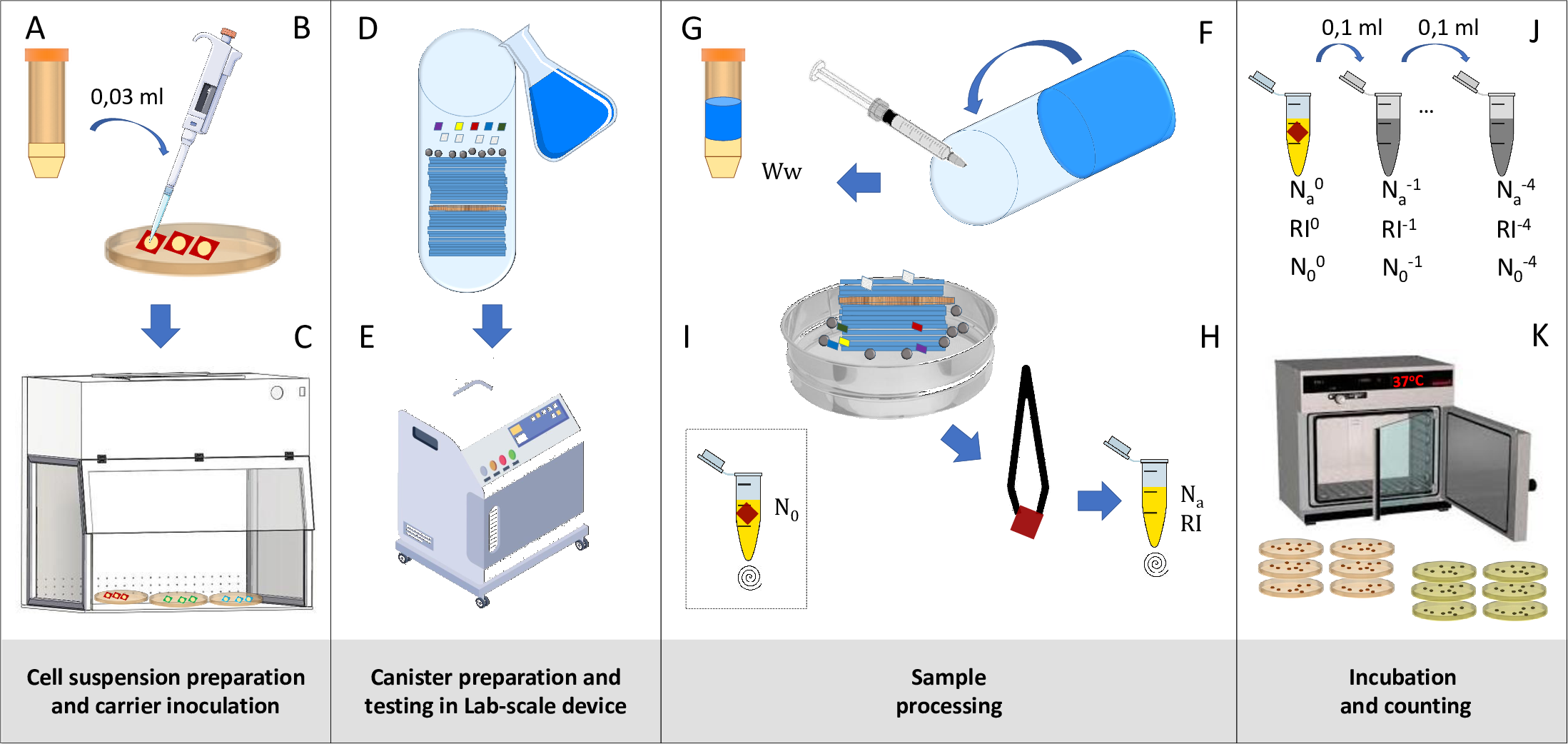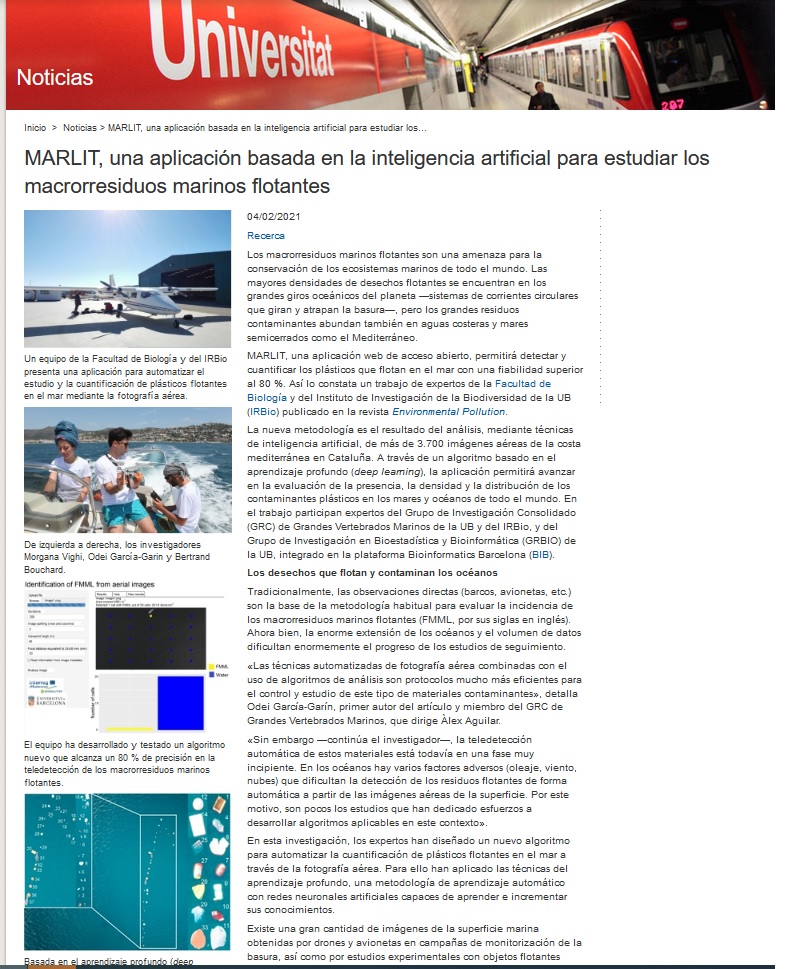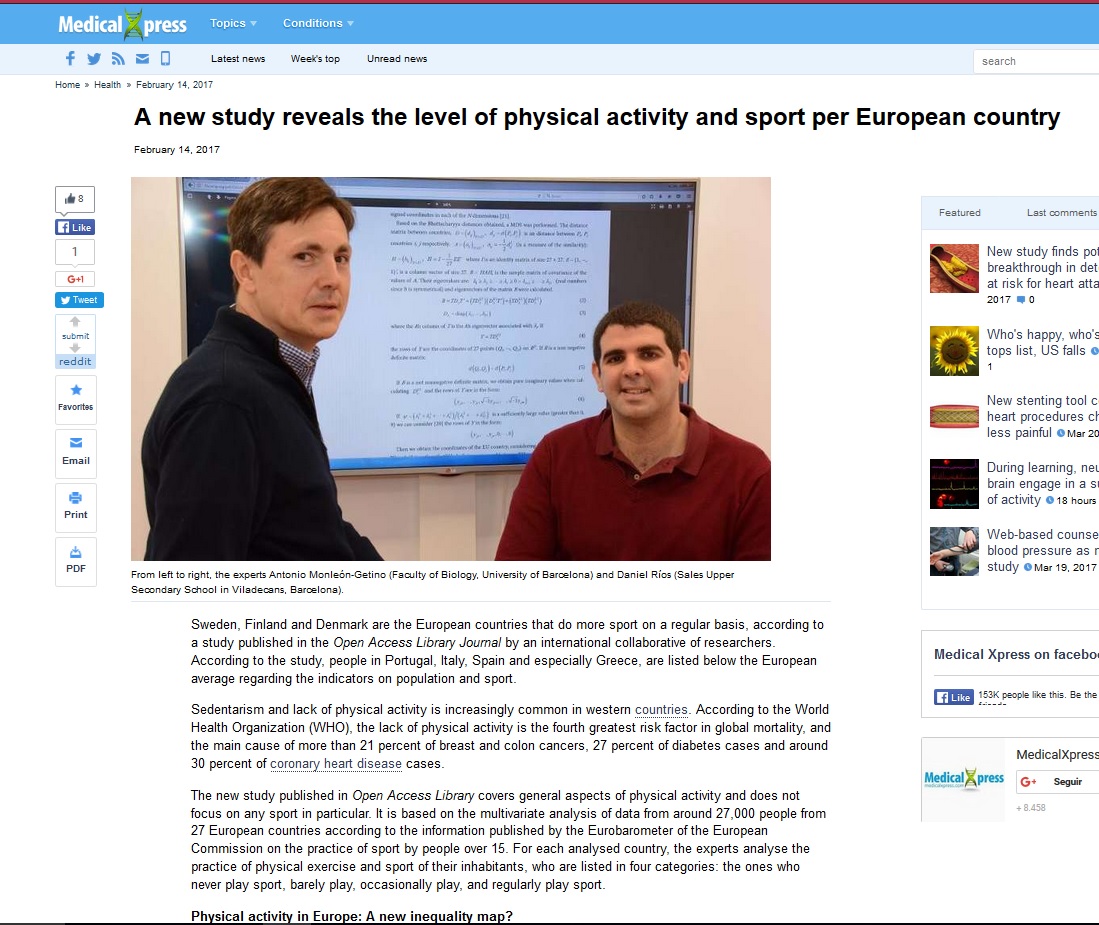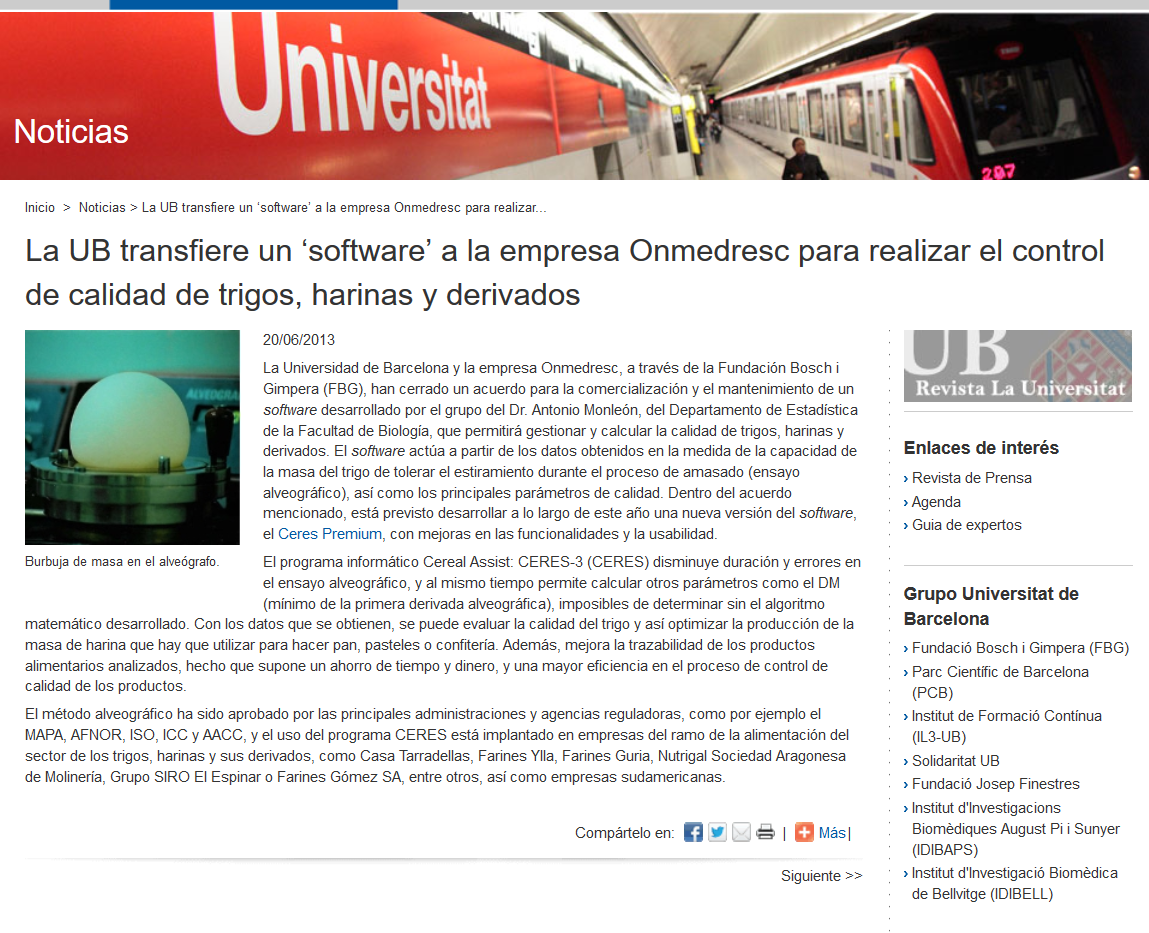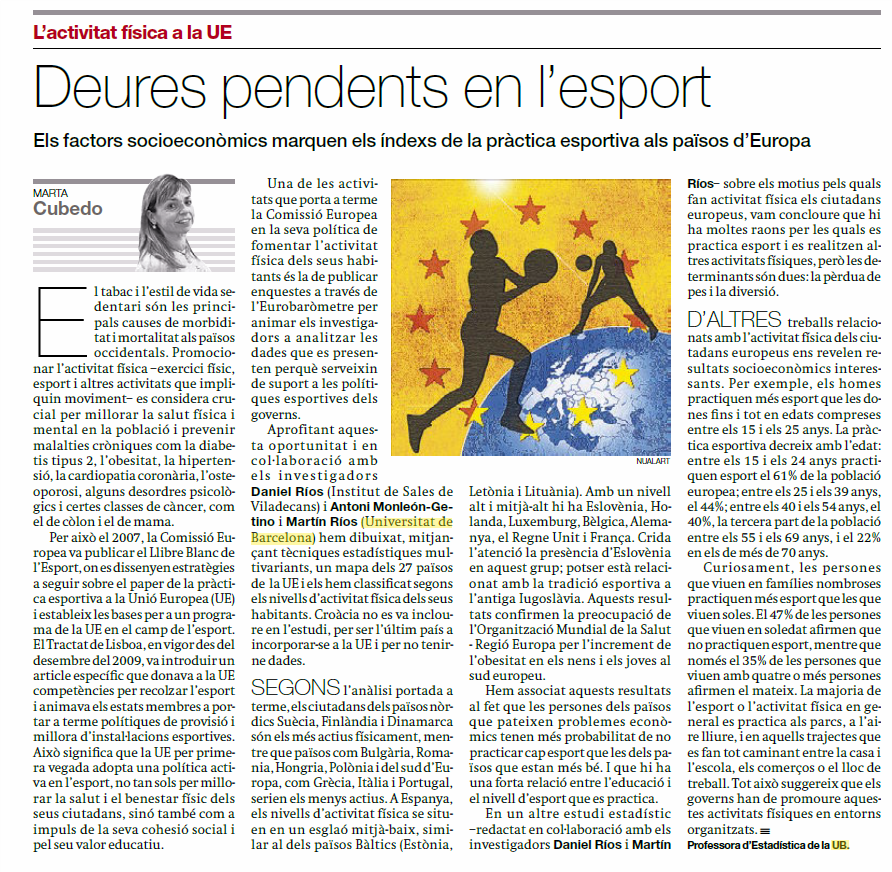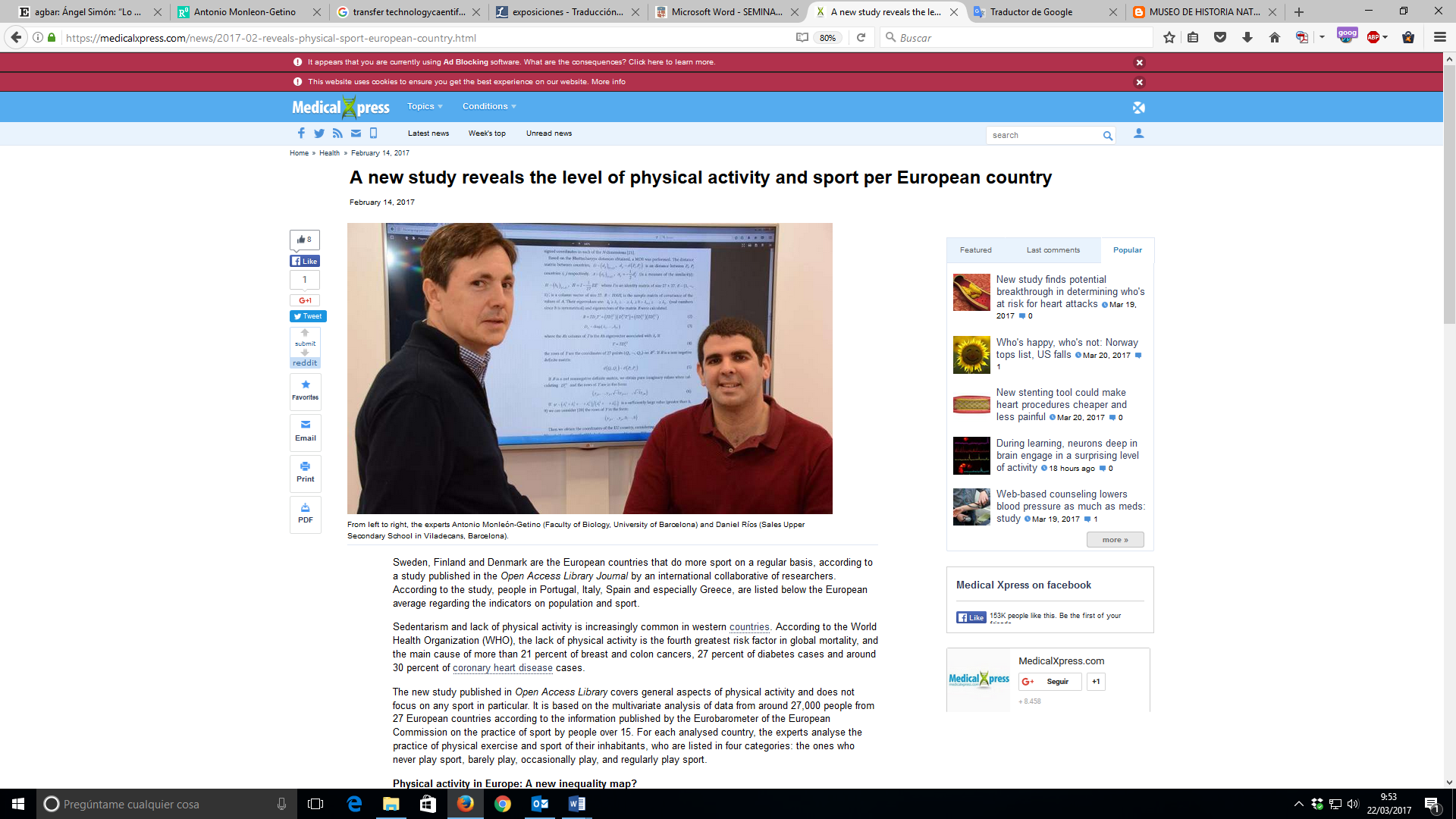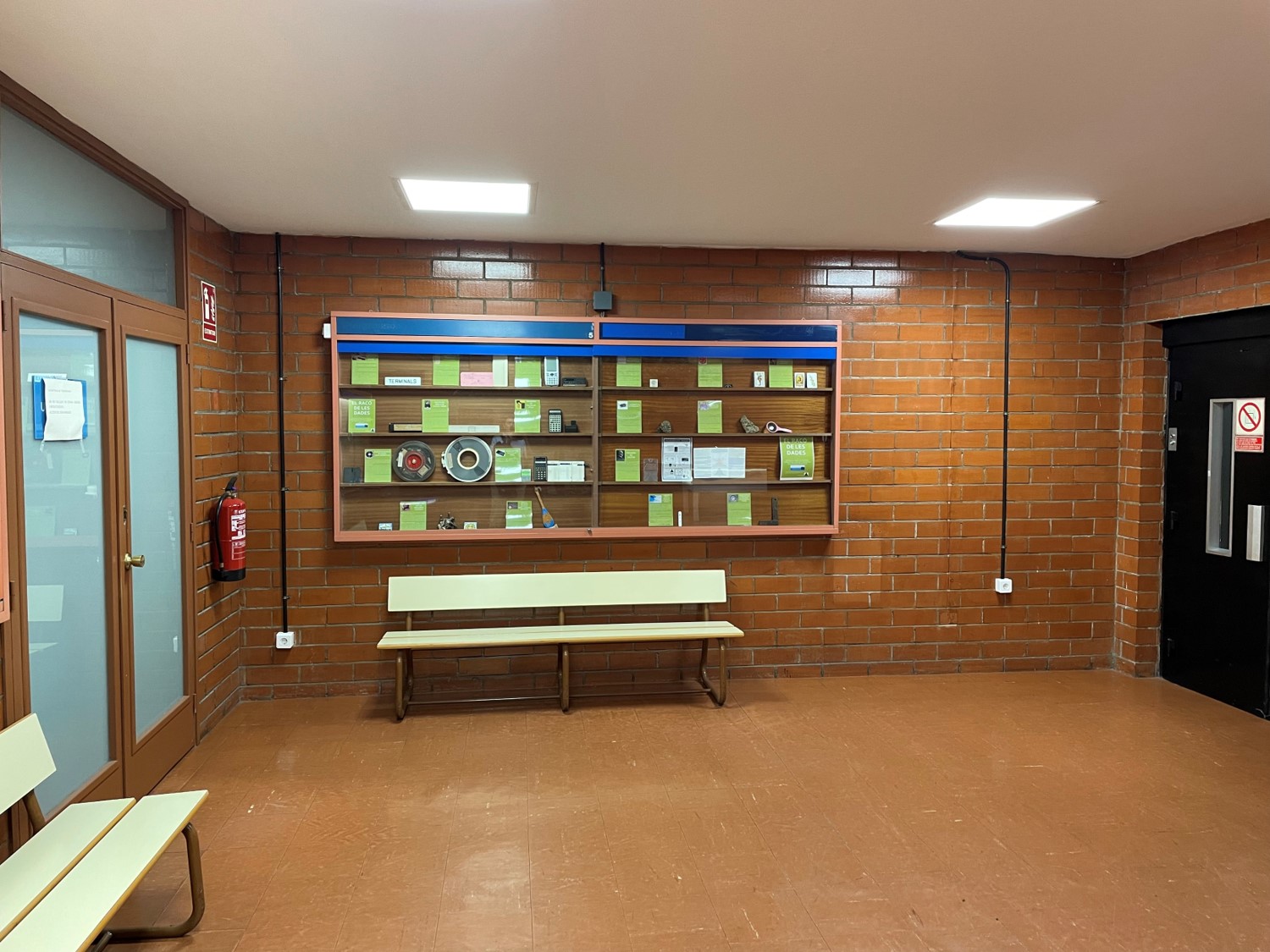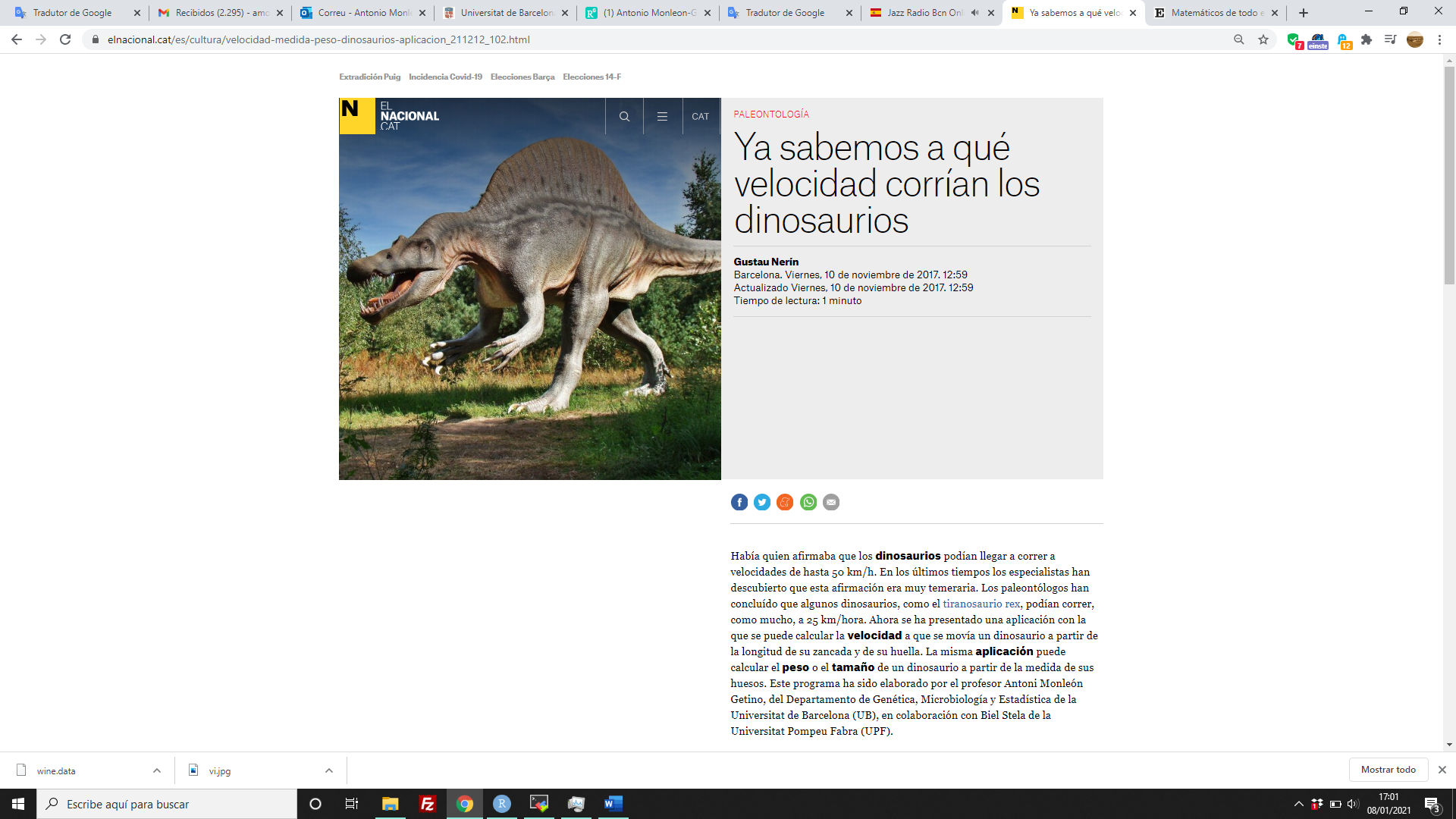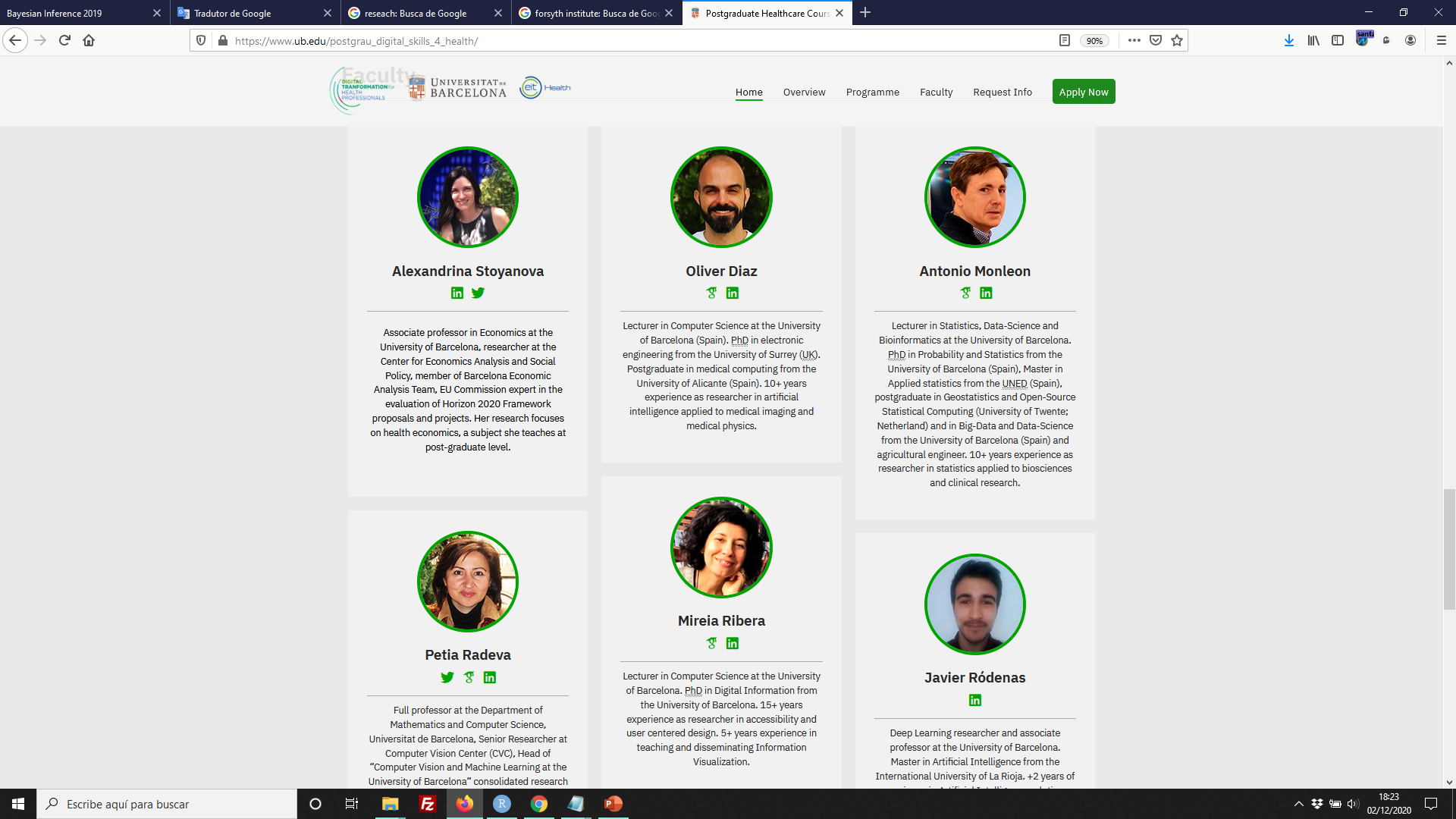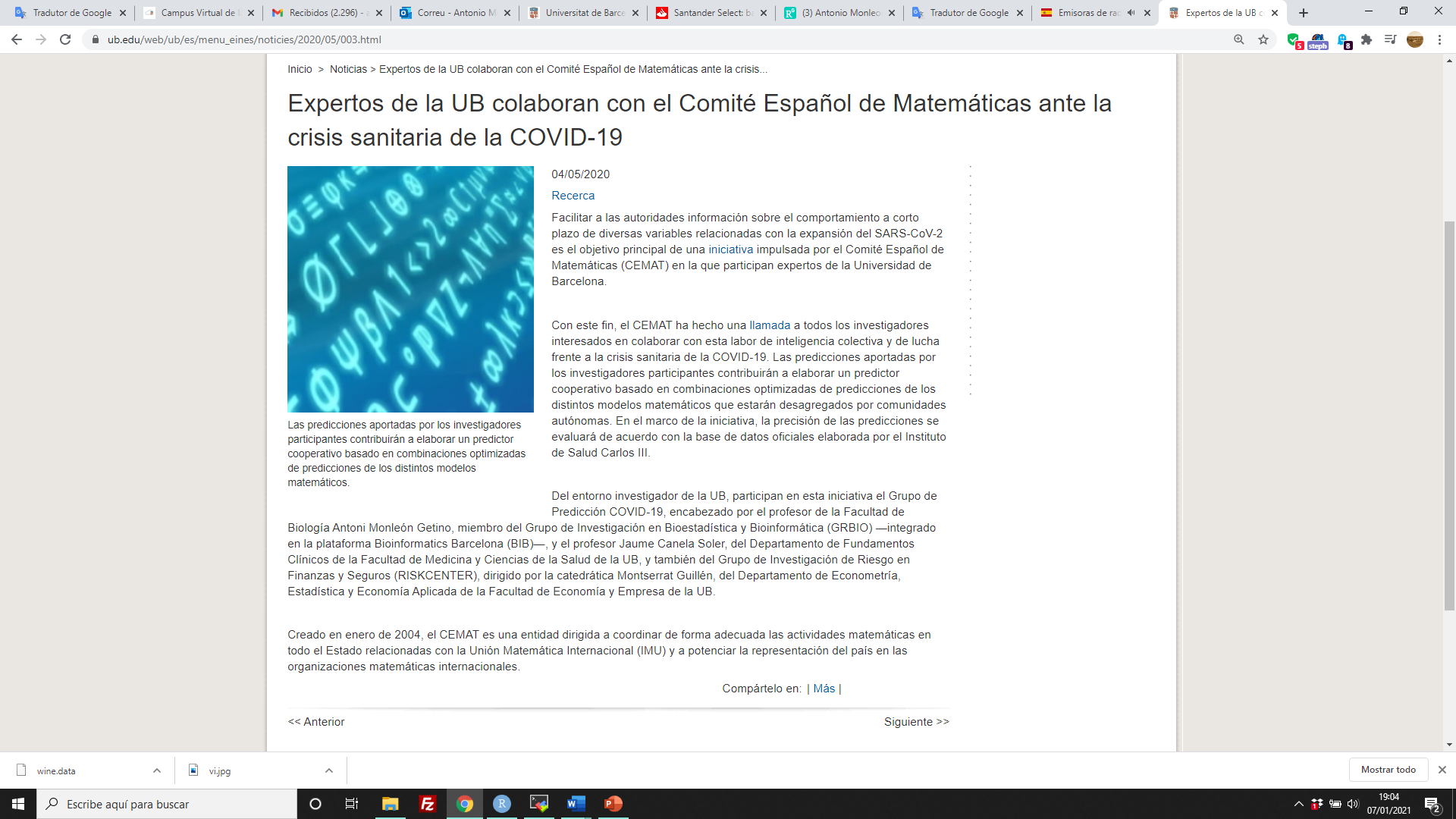OUR RESEARCH AND OUR METHODS IN THE MEDIA
01
Plos One 2022: UB team validates a new method for assessing the antimicrobial efficacy of domestic cleaning products
Environmental awareness in society is changing household laundry habits, where the use of less bleach and lower temperatures during washing machine cycles is encouraged. In this context, disinfectants added to detergents have become an essential factor to compensate for these new habits and to prevent the transmission of bacteria, fungi and viruses in the house, as well as to control the level of odour-causing micro-organisms on clothes.These products must be evaluated according to standardised methods, but the current European regulations only apply to clinical settings and are restricted to the main wash cycle. Experts from the Biost3 Research Group, led by Antoni Monleón, lecturer in the Department of Genetics, Microbiology and Statistics of the UB, have statistically validated a new method for assessing the antimicrobial efficacy of detergents and textile additives in domestic environments. The results reveal the validity of the new protocol, which has been presented to the European Committee for Standardisation (CEN) requesting it to become the European standard."It is very difficult to make sure that a product works and that is a good disinfectant. We work with micro-organisms and the results of the efficacy evaluation can be very variable depending on the method, the washing machine, the temperature and so on. That is why it is very important to publish a standardised protocol at the European level so that manufacturers of household textile disinfectants can demonstrate the efficacy of their products with a methodology that is much closer to the real situation at home", says Antoni Monleón, a member of the Research Group on Biostatistics and Bioinformatics (GRBIO) integrated in the Bioinformatics Barcelona Association (BIB).The study, published in the journal PLOS ONE
, has been carried out in collaboration with CEN technical committee member Michelle Cavalleri and an international consortium of industrial and testing laboratories comprising AC Marca, Arxada, Eurofins Biolab SRL, Henkel AG & Co KGaA, Hohenstein Laboratories GmbH & Co. KG, Hochschule Niederrhein, FB textile-u Bekleidungs-technick, and Thor Especialidades S. A. AC Marca researchers Ana Costan and Nuria Piedra have coordinated the development of the standard, the experimental phase and the data collection.International ring trial to simulate domestic washing conditions
Chemical disinfectants and antiseptics - Chemical textile disinfection for the domestic area - Test method and requirements - European Standart 2022
